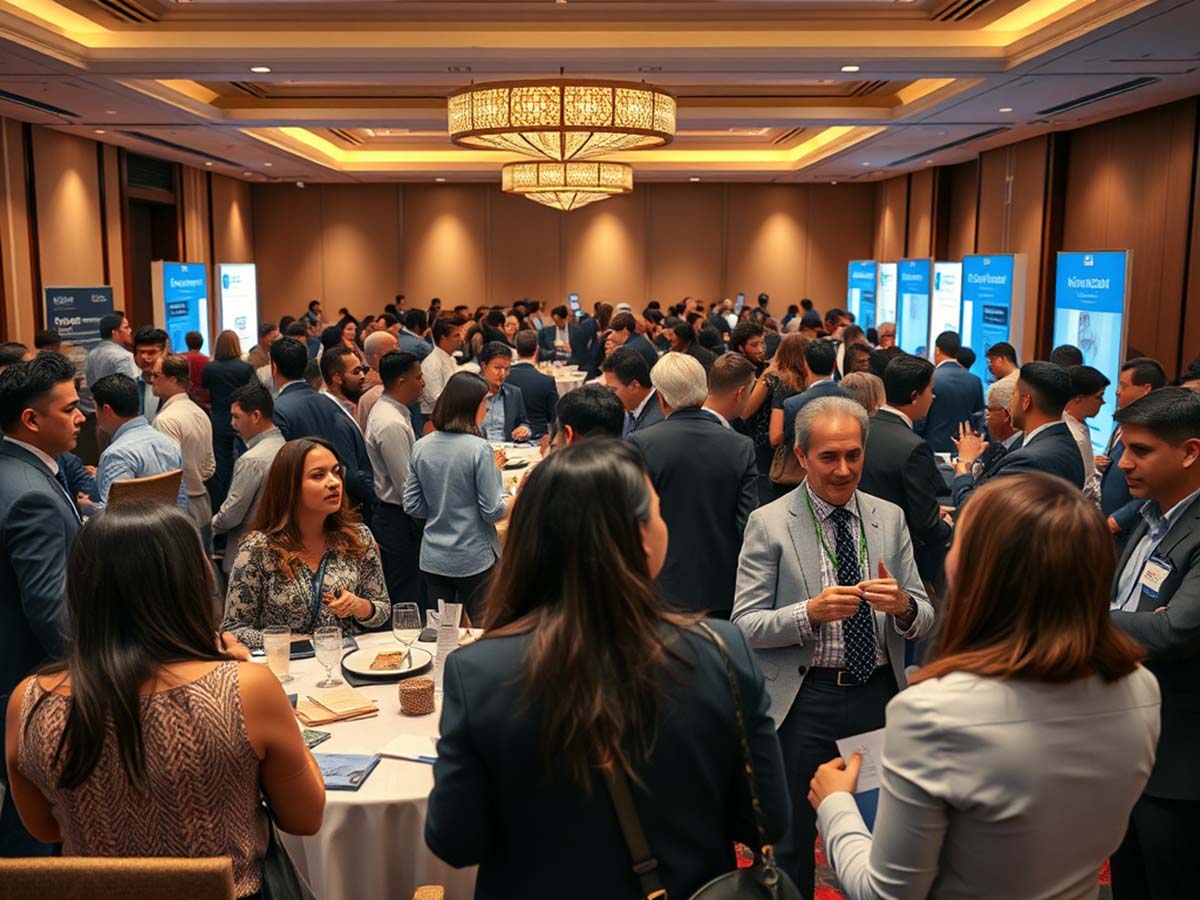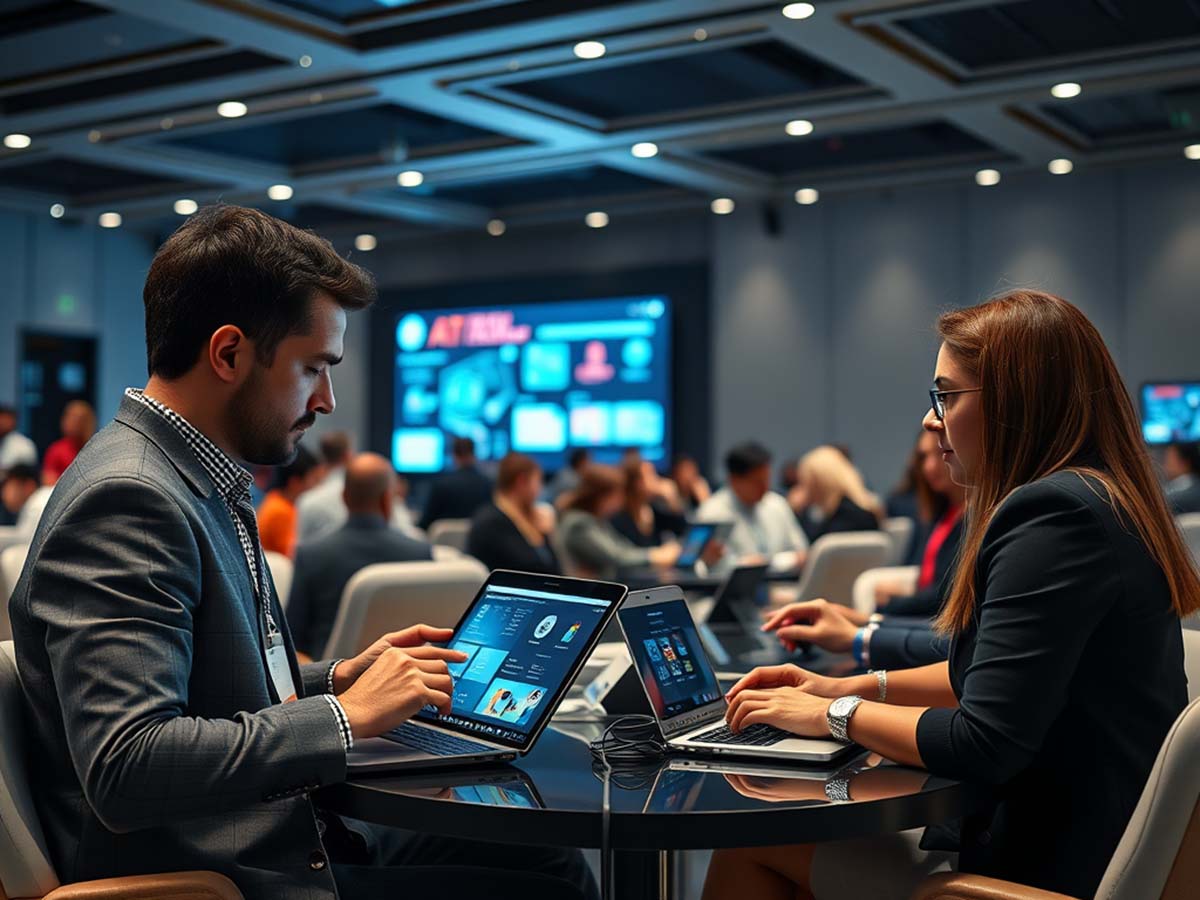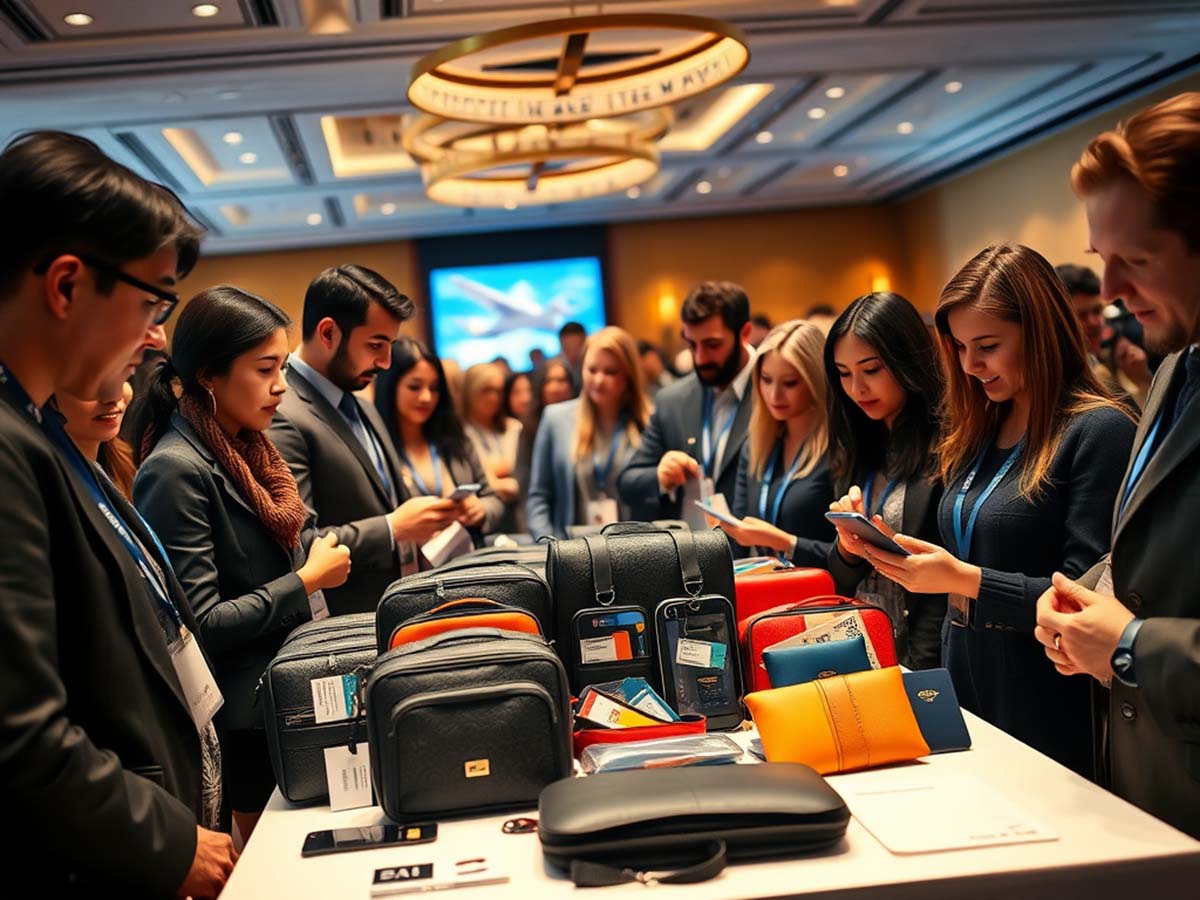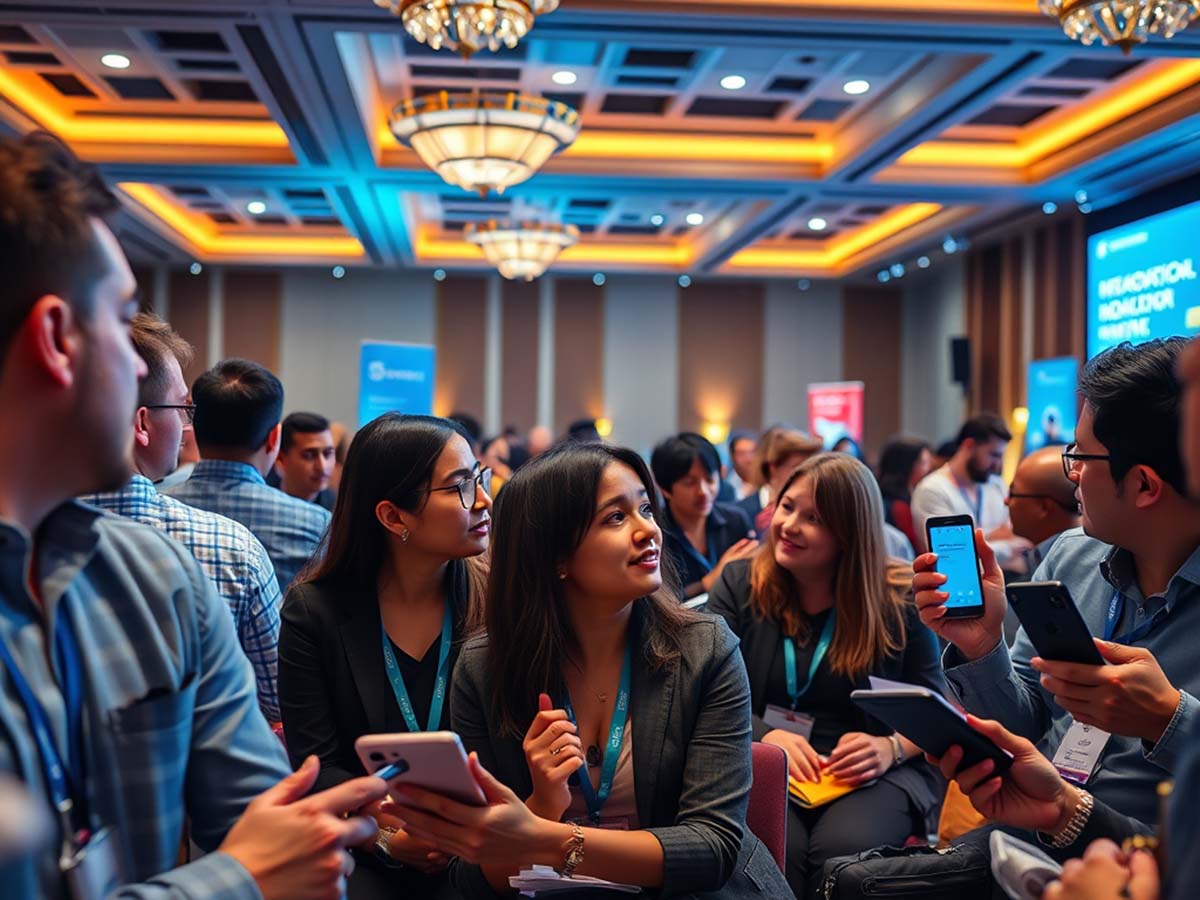Tips for Hosting an Eco-Friendly Professional Event
Why Sustainable Events Matter
Professional events often generate large amounts of waste, from printed materials to single-use plastics. These gatherings consume energy, food, and water in ways that significantly impact the environment. However, making thoughtful choices can turn an event into a sustainable experience.
Eco-friendly events promote responsible practices while reducing their carbon footprint. They show that businesses care about environmental impact and are committed to sustainable solutions. Choosing greener options does not mean sacrificing quality or efficiency. With careful planning, an event can be both successful and environmentally responsible.
Choose a Sustainable Venue
The location plays a major role in how sustainable an event will be. Choosing a venue with eco-friendly policies ensures that energy and resources are used responsibly.
Prioritize Green Certifications
Many modern venues follow sustainability guidelines. Certifications like LEED (Leadership in Energy and Environmental Design) or ISO 14001 show that a facility operates with environmental responsibility. These locations reduce energy consumption, manage waste efficiently, and use renewable energy sources.
Consider Accessibility
A well-located venue reduces the need for excessive travel. Choosing a place near public transportation helps lower the carbon footprint of attendees. If a large percentage of guests must fly, consider offering virtual attendance options to reduce travel emissions.
Ask About Waste Management
An eco-conscious venue should have a strong waste management system. Ask about their recycling and composting programs. A responsible facility should provide separate bins for different types of waste and work with local organizations to minimize landfill contributions.
Reduce Waste with Smart Planning
Events often produce unnecessary waste due to poor planning. Reducing waste begins with making intentional choices about materials and packaging.
Go Digital
Printed programs, tickets, and schedules generate paper waste. Digital alternatives like mobile apps, QR codes, and online event platforms provide the same information without waste. Sending digital invitations instead of printed ones also lowers the environmental impact.
Use Reusable or Compostable Materials
Avoid single-use plastics and disposable materials. Encourage vendors and caterers to use compostable or reusable serving options. Instead of plastic name badges, opt for wooden or biodegradable alternatives.
Offer Sustainable Swag
Branded giveaways often contribute to waste. Instead of cheap plastic items, consider eco-friendly alternatives like reusable tote bags, stainless steel bottles, or plantable seed cards. These gifts provide value while supporting sustainability.
Rethink Catering and Food Waste
Food waste is a significant issue at corporate events. Thoughtful catering choices can reduce waste while supporting ethical food practices.
Choose Local and Seasonal Ingredients
Locally sourced ingredients require less transportation, reducing emissions. Seasonal foods are fresher and have a smaller environmental impact compared to out-of-season imports. Partnering with local farms also supports the community.
Reduce Single-Use Serving Items
Buffet-style catering often leads to excess packaging and disposable plates. Providing reusable dishware or compostable alternatives significantly reduces waste. Encouraging guests to bring their own reusable cups or bottles also minimizes plastic use.
Plan for Excess Food
Caterers often prepare extra food, leading to waste. Work with local food banks or shelters to donate leftovers. Many organizations accept fresh, unserved meals to help those in need.
Minimize Energy Consumption
Events consume large amounts of energy through lighting, sound systems, and climate control. Choosing efficient energy solutions can lower the environmental impact.
Use LED Lighting
LED bulbs use less energy and last longer than traditional lighting. Many venues already have LED systems, but it’s worth confirming this before booking. If additional lighting is needed, renting energy-efficient options reduces electricity use.
Consider Outdoor or Naturally Lit Spaces
Daytime events in venues with large windows reduce the need for artificial lighting. If weather permits, hosting outdoor sessions eliminates the need for heating or cooling systems, making the event more sustainable.
Limit Energy Waste
Encourage vendors and exhibitors to power down electronics when they are not in use. Using smart power strips prevents unnecessary energy drainage. If the venue allows, switching to motion-sensor lighting in restrooms and hallways further reduces electricity waste.
Encourage Eco-Friendly Transportation
How attendees travel to an event contributes significantly to its carbon footprint. Providing sustainable transport options makes a difference.
Promote Public Transit and Carpooling
Encouraging guests to use public transit reduces emissions. Event organizers can provide information on bus, train, or metro routes. Arranging a carpooling system helps attendees share rides, cutting down on the number of vehicles on the road.
Offer Bicycle Parking
For local attendees, cycling can be a sustainable way to reach the venue. Providing secure bike racks makes this option more appealing. Some events even partner with bike rental services to offer guests a greener way to travel.
Offset Carbon Emissions
For events requiring air travel, offering carbon offset programs can balance the environmental impact. Many airlines and organizations provide offset options that support renewable energy projects or reforestation efforts.
Encourage Attendee Participation
Sustainability efforts are most effective when guests are involved. Encouraging attendees to take part in green initiatives improves overall impact.
Provide Recycling and Composting Stations
Clearly labeled recycling and compost bins help attendees dispose of waste responsibly. Staff or volunteers can assist in guiding guests to the appropriate bins, ensuring materials are properly sorted.
Incentivize Sustainable Choices
Encouraging green behavior can be fun. Offering small incentives, such as discounts on future events for attendees who bring reusable water bottles or take public transit, promotes sustainability in an engaging way.
Educate and Raise Awareness
Sustainability messaging throughout the event reinforces the importance of eco-friendly practices. Signage with quick facts on waste reduction or energy conservation reminds attendees of their impact. Keynote speakers or panels on sustainability can also inspire action.
Support Sustainable Vendors and Partners
The businesses involved in an event should align with sustainability goals. Choosing responsible vendors ensures that every part of the event reflects eco-conscious values.
Work with Green Suppliers
Selecting caterers, decorators, and equipment providers with sustainable practices strengthens the event’s commitment to the environment. Vendors who use biodegradable packaging, source ethical materials, or operate on renewable energy align well with green event goals.
Encourage Sustainable Exhibitors
If the event includes booths or exhibits, partnering with businesses that prioritize sustainability makes a difference. Exhibitors should be encouraged to reduce paper handouts, opt for digital displays, and minimize single-use plastics.
Choose Ethical Merchandise
Merchandise such as T-shirts, tote bags, or promotional items should come from ethical and sustainable sources. Organic cotton, recycled materials, and fair-trade certifications ensure that giveaway items match the event’s eco-friendly mission.
A Greener Future for Professional Events
Sustainable events show that businesses care about their impact on the planet. Thoughtful choices around venues, catering, transportation, and energy use make a difference. By embracing greener practices, professional gatherings can be both impactful and environmentally responsible.









